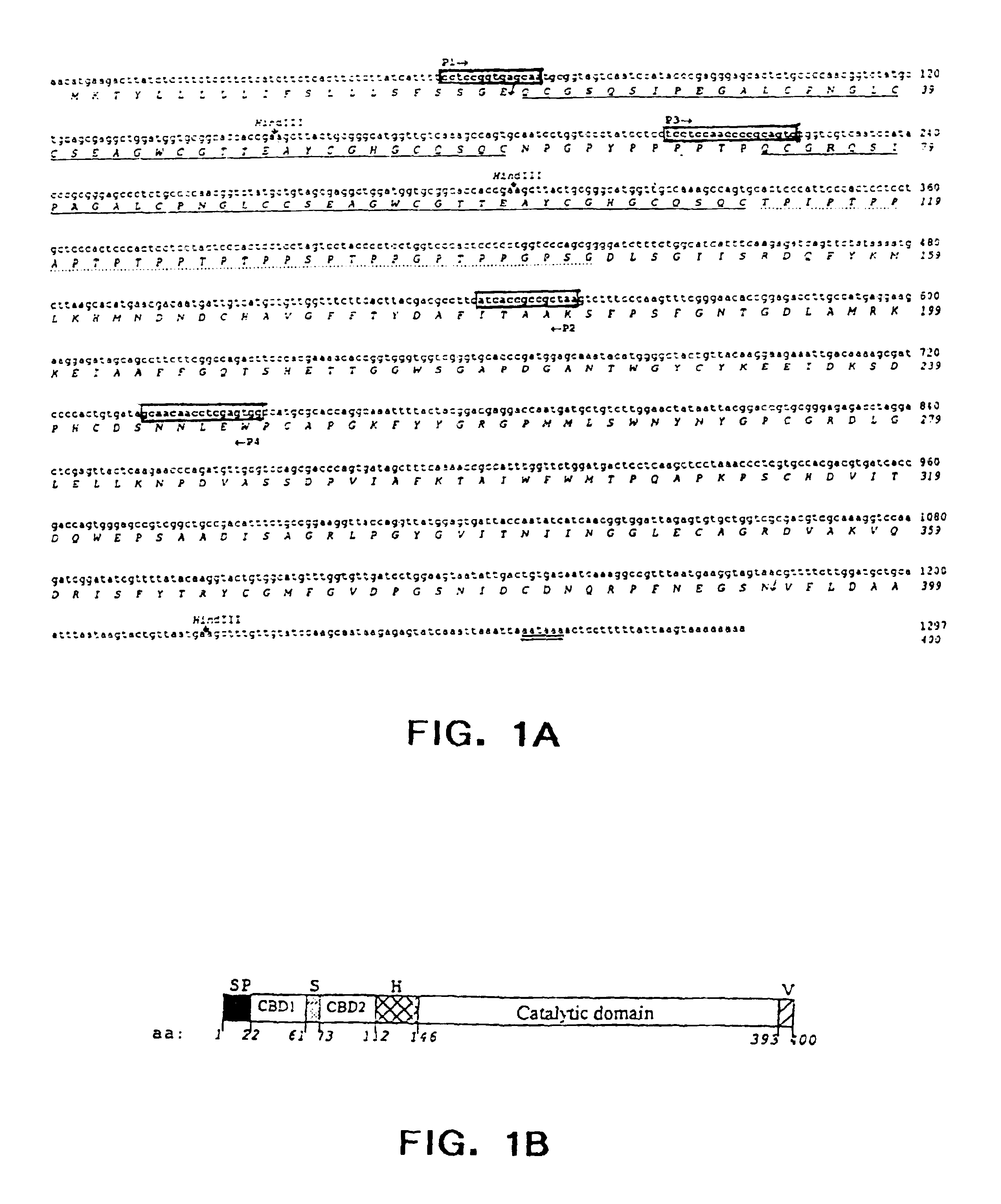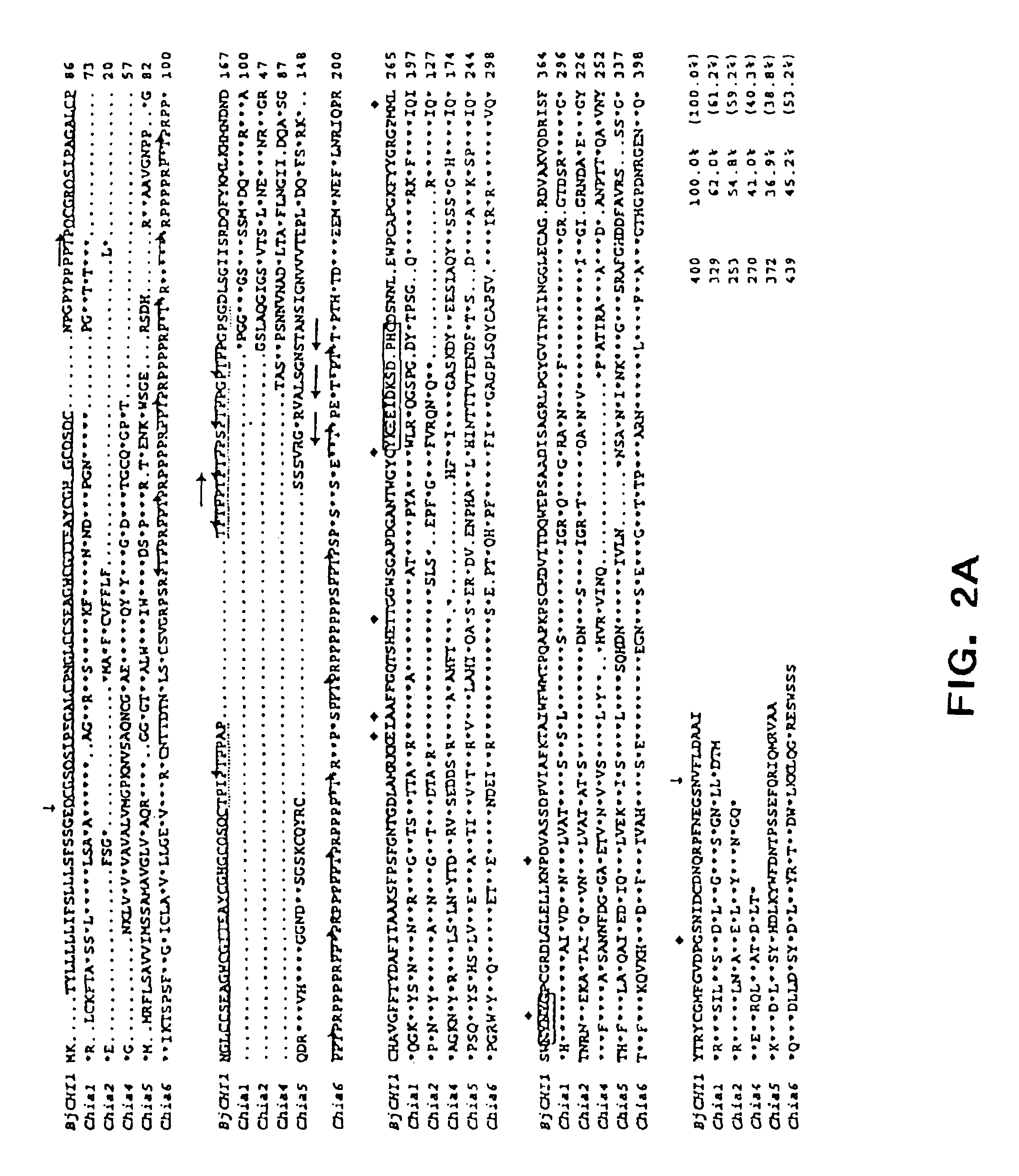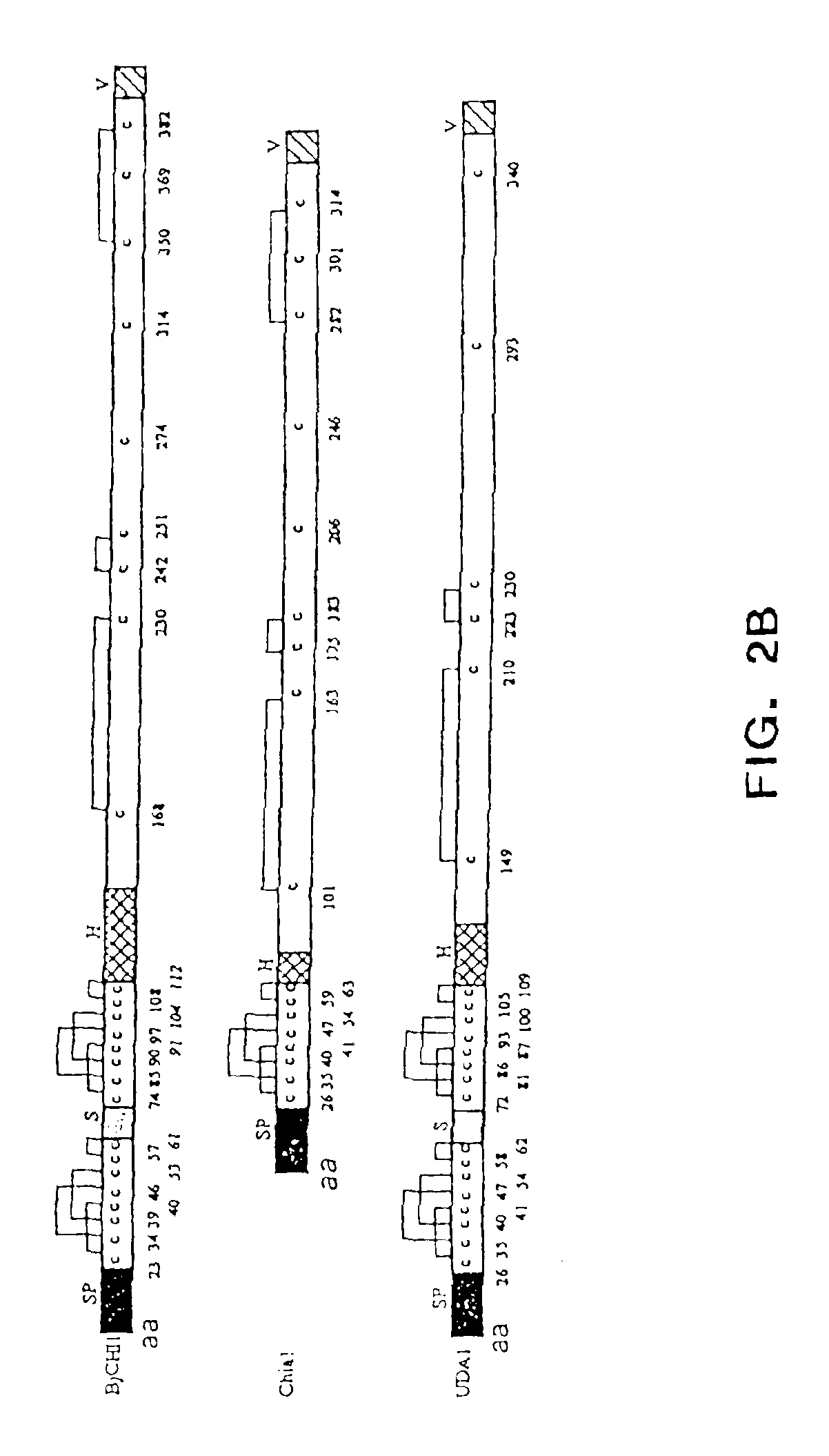Genetically modified plants with enhanced resistance to fungal diseases and a method of production thereof
a technology enhanced resistance, applied in the field of genetically modified plants, can solve the problems of high cost and environmental cost, and the major food crop of potato is highly susceptible to fungal infection, and achieve the effects of enhancing the resistance of plants to pathogens
- Summary
- Abstract
- Description
- Claims
- Application Information
AI Technical Summary
Benefits of technology
Problems solved by technology
Method used
Image
Examples
Embodiment Construction
[0037]Pathogen resistance is an important property in plants and a useful tool for the protection of plants, especially crop plants. The term “plant”, as used herein, includes whole plants, plant parts, individual plant cells, groups of plants cells (e.g., cultured plant cells) and progeny thereof. The term “enhance” when used to describe an increase of resistance of a plant to a pathogen, as used herein, includes the increase of the resistance of a plant that may have no resistance, or some resistance or substantial resistance to the pathogen to effecting the increase in resistance.
[0038]Plant pathogens include, but are not limited to, bacteria, viruses, fungi, nematodes and insects. A pathogen may infect a plant and cause severe damage to that plant, including death. Upon infection, a plant may initiate a protective reaction to the pathogen, e.g., a hypersensitive response, depending on whether the plant can recognize the pathogen.
[0039]Pathogens of the various classes may change,...
PUM
| Property | Measurement | Unit |
|---|---|---|
| volume | aaaaa | aaaaa |
| temperature | aaaaa | aaaaa |
| pH | aaaaa | aaaaa |
Abstract
Description
Claims
Application Information
 Login to View More
Login to View More - R&D
- Intellectual Property
- Life Sciences
- Materials
- Tech Scout
- Unparalleled Data Quality
- Higher Quality Content
- 60% Fewer Hallucinations
Browse by: Latest US Patents, China's latest patents, Technical Efficacy Thesaurus, Application Domain, Technology Topic, Popular Technical Reports.
© 2025 PatSnap. All rights reserved.Legal|Privacy policy|Modern Slavery Act Transparency Statement|Sitemap|About US| Contact US: help@patsnap.com



